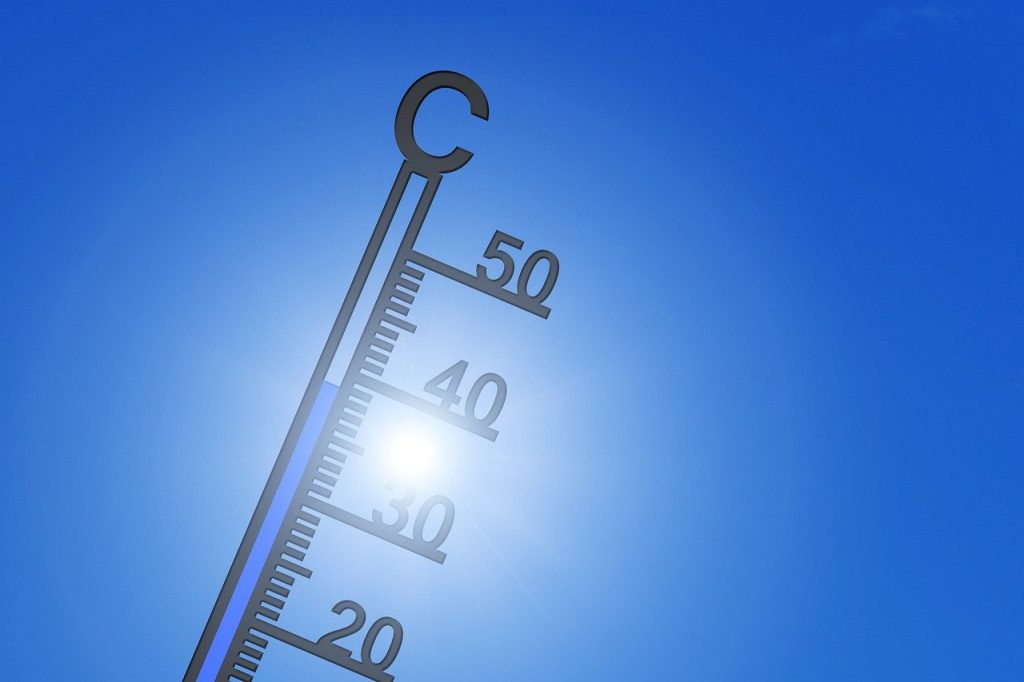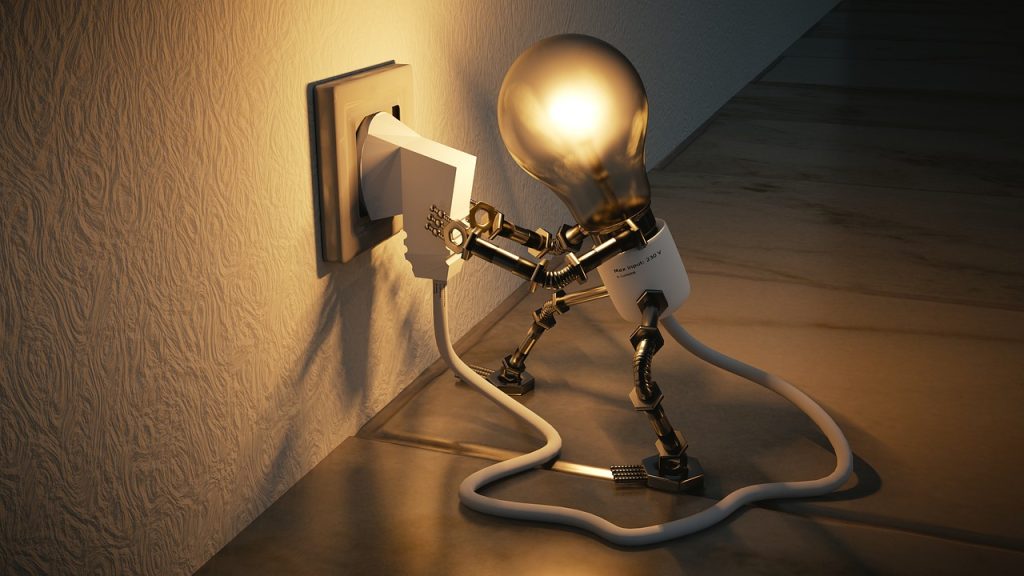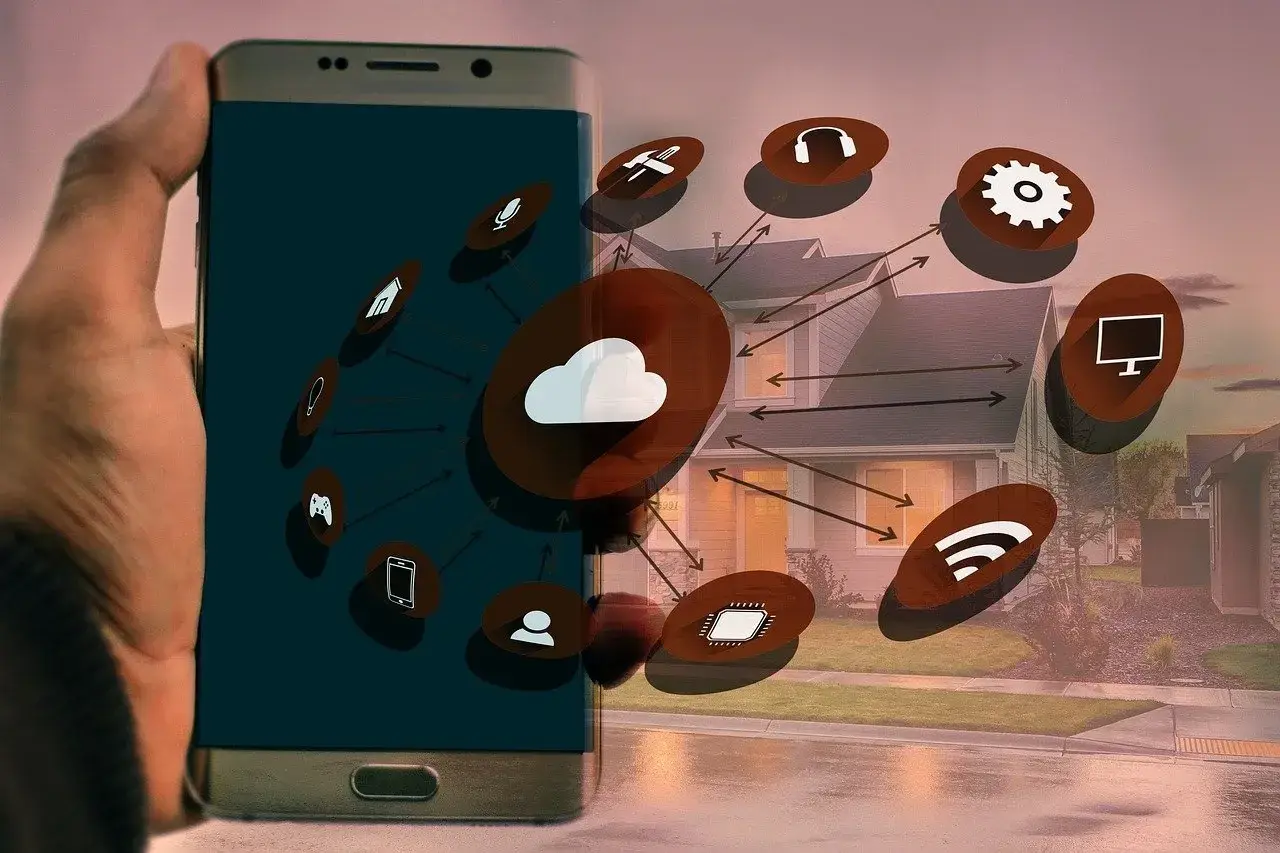As energy costs continue to rise and sustainability becomes a growing concern, more people are looking for ways to reduce their energy consumption. One of the most effective ways to do so is by incorporating smart technology into your daily routine. Smart devices not only make life more convenient but also offer a way to monitor and control energy use more efficiently. From smart thermostats to energy-efficient lighting and appliances, there are numerous ways to save energy and lower your utility bills using the latest in smart technology.
Smart Thermostats: Effortless Climate Control

Heating and cooling account for a significant portion of most households’ energy bills. Traditional thermostats require manual adjustments, which can result in energy being wasted when you’re not home or when temperatures are set too high or low. Smart thermostats, such as the Nest Learning Thermostat or Ecobee, offer a solution to this problem. These devices learn your temperature preferences and adjust themselves based on your schedule.
Smart thermostats also allow you to control the temperature remotely via smartphone apps. For instance, if you’re running late or heading out of town, you can adjust the thermostat without having to be home. Many models also feature geofencing, which adjusts the temperature when you leave or return home, ensuring that your system isn’t running unnecessarily when you’re not around. By optimizing your heating and cooling system, you can significantly reduce energy consumption and lower your bills.
Smart Lighting: Energy-Efficient Illumination
Lighting is another area where smart technology can make a big impact on energy savings. Traditional incandescent bulbs use a lot of energy and need to be replaced more frequently than their modern counterparts. Smart lighting solutions, such as Philips Hue or LIFX LED bulbs, are not only more energy-efficient but also offer greater control.
These bulbs use significantly less power and last longer than traditional bulbs, saving you money in the long run. Additionally, they can be controlled remotely through apps or voice assistants like Amazon Alexa or Google Assistant, allowing you to turn lights on and off when needed. You can also schedule lights to turn off automatically at specific times or dim them to create the perfect ambiance without wasting electricity. With the ability to set personalized lighting schedules, you’ll be able to use energy more efficiently while enhancing convenience and comfort.
Smart Plugs: Cut Phantom Energy Use
Many household electronics and appliances consume power even when they’re turned off. This standby or “phantom” energy use can add up over time, resulting in higher energy bills. Smart plugs, such as those from TP-Link Kasa or Wemo, offer an easy solution to this issue. These plugs allow you to control when devices are powered on or off, preventing unnecessary power consumption.
You can use smart plugs to turn off appliances like TVs, coffee makers, and chargers that might otherwise draw energy while idle. Additionally, most smart plugs come with scheduling features, which allow you to set specific times for devices to turn on and off. By eliminating phantom load and making it easier to turn off unused devices, smart plugs provide an efficient way to save energy without much effort.
Smart Appliances: Optimize Your Household Devices
Smart appliances are designed to be more energy-efficient by adjusting their operation based on usage patterns and real-time data. Many smart refrigerators, dishwashers, and washing machines come with energy-saving features that ensure they operate in the most efficient manner possible. For example, a smart washing machine might adjust water temperature and cycle length based on the size of the load, while a smart refrigerator can send reminders to clean coils or adjust cooling settings when the door is left open.
By incorporating energy-efficient smart appliances into your home, you can reduce overall energy use without sacrificing functionality or convenience. These devices often come with apps that allow you to monitor their energy consumption, enabling you to make adjustments and ensure you’re not wasting energy on unnecessary tasks.
Energy Monitoring: Track and Save

One of the most powerful tools for saving energy with smart technology is the use of energy monitoring systems. Devices like Sense and Neurio monitor your home’s electrical flow in real-time, providing detailed insights into which appliances are consuming the most energy. By using this data, you can identify energy-hogging devices and adjust your habits accordingly.
For example, you might discover that your refrigerator is using more energy than necessary or that a seldom-used appliance is draining power. With these insights, you can make informed decisions about when to use certain devices or invest in more energy-efficient models. Some energy monitors also offer smart integrations, alerting you if an appliance is consuming an unusually high amount of energy, so you can take action before your bill skyrockets.
Smart technology offers an effective and convenient way to reduce energy consumption in your home. By upgrading to a smart thermostat, switching to energy-efficient lighting, using smart plugs to control phantom load, and investing in smart appliances, you can significantly lower your energy bills while also reducing your environmental impact. As more smart devices become available, the potential for energy savings will continue to grow. Whether you’re looking to make your home more efficient or simply want to lower your monthly expenses, smart technology provides an array of solutions to help you achieve your goals.
